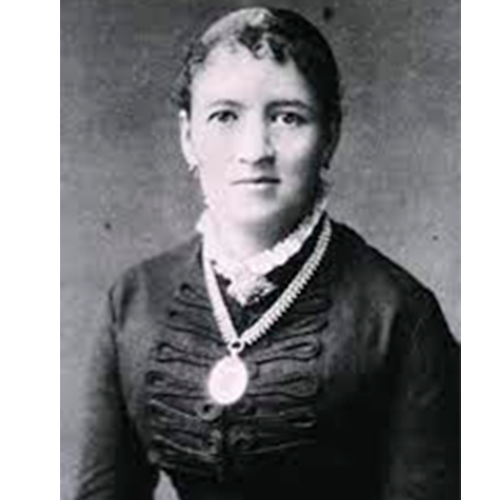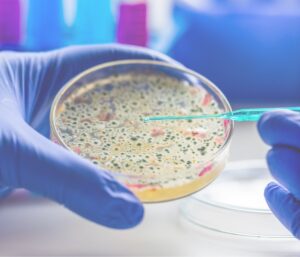
If you have participated in microbiology hands-on practice to grow bacteria or fungi in Petri dishes, you have probably used agar as a culture medium. Although agar is today an essential element in laboratories, it was not always available to scientists. In early bacteriology, foods such as coagulated egg whites or meat were used to culture microorganisms.
At the end of the 19th century, the physician and microbiologist Robert Koch started to use gelatin derived from cattle bones as a solidifying agent in his laboratory. However, they found a problem with its application: the gelatin melts at 37°C, preventing bacteria from incubating when they need higher temperatures to grow optimally. In addition, many bacteria were able to degrade gelatin and even use it as a nutrient. Thus, gelatin was no longer used.
At the same time, Fanny Hesse, the wife of a scientist who was part of Robert Koch’s team and his unpaid technical assistant, recommended the use of agar to her husband after some of her friends who had traveled to Indonesia had recommended it for use in making jams and other desserts so that they would not melt in the tropical temperatures.
Thus, thanks to agar’s properties, more stable solid culture media were introduced that made it possible to isolate and study many microorganisms, being solid, transparent and sterile. However, like many other women scientists before and after her, Fanny Hesse never received any recognition or credit for her remarkable discovery.





